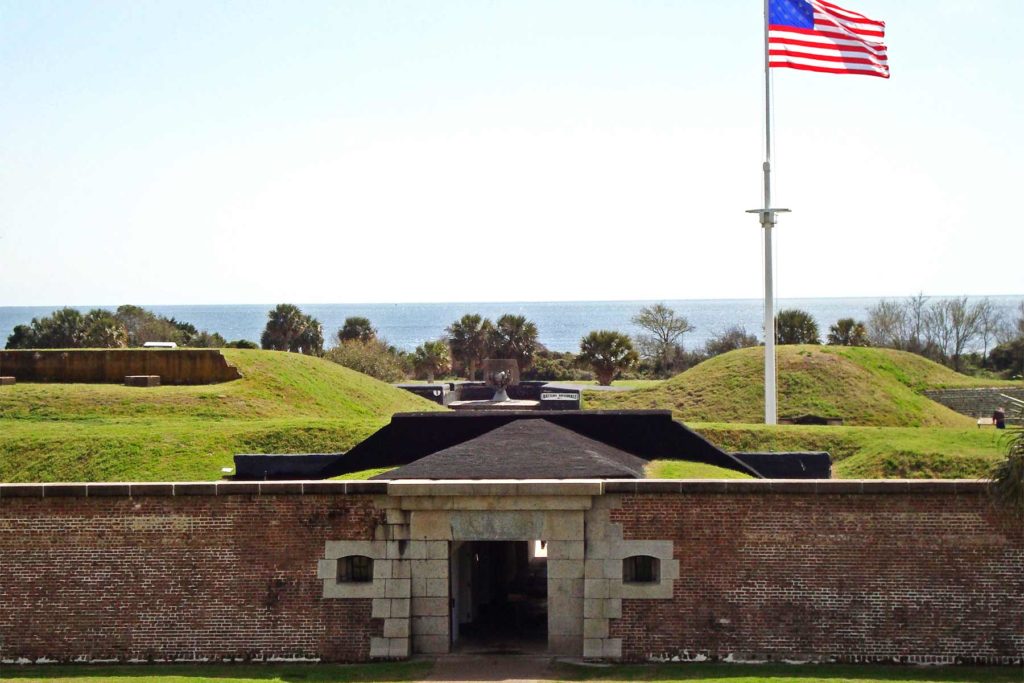
Article Summary: Historic Sites In South Carolina
Historic Sites In South Carolina. More Than Just Parks has 10 incredible must-see sites for you.
I’ve been to so many of these amazing places since retiring from teaching in 2018. Did I mention that I taught history? I spent a lifetime teaching about the history behind these momentous sites. Then I got to see them firsthand. And now I’m sharing the stories of these incredible places with you. It doesn’t get any better than that!
I’m going to give you my list of the 10 Historic Sites In South Carolina that you’ll want to see.
To be clear, this list includes national park sites (as in sites managed by the National Park Service) as opposed to national parks. It also includes sites not managed by the National Park Service. After all, we’re more than just parks!
If you are planning a trip to South Carolina then you might want to pick up a copy of Parker’s Guide to the Revolutionary War in South Carolina by John Parker.
Without further ado, let’s dive in.
Table Of Contents: Historic Sites In South Carolina
Historic Sites In South Carolina
- Top 10 Historic Sites In South Carolina
- Top 5 Historic Sites In South Carolina
- 5. Reconstruction Era National Historical Park
- 4. Overmountain Victory National Historic Trail
- 3. Charles Pinckney National Historic Site
- 2. Cowpens National Battlefield
- 1. Fort Sumter & Fort Moultrie National Historical Park
- List Of Historic Sites In South Carolina
- Why Trust Us About Historic Sites In South Carolina?
- Meet The Parks Brothers
- We Hope You’ll Follow Our Journey
Top 10 Historic Sites In South Carolina
10. Redcliffe Plantation State Historic Site
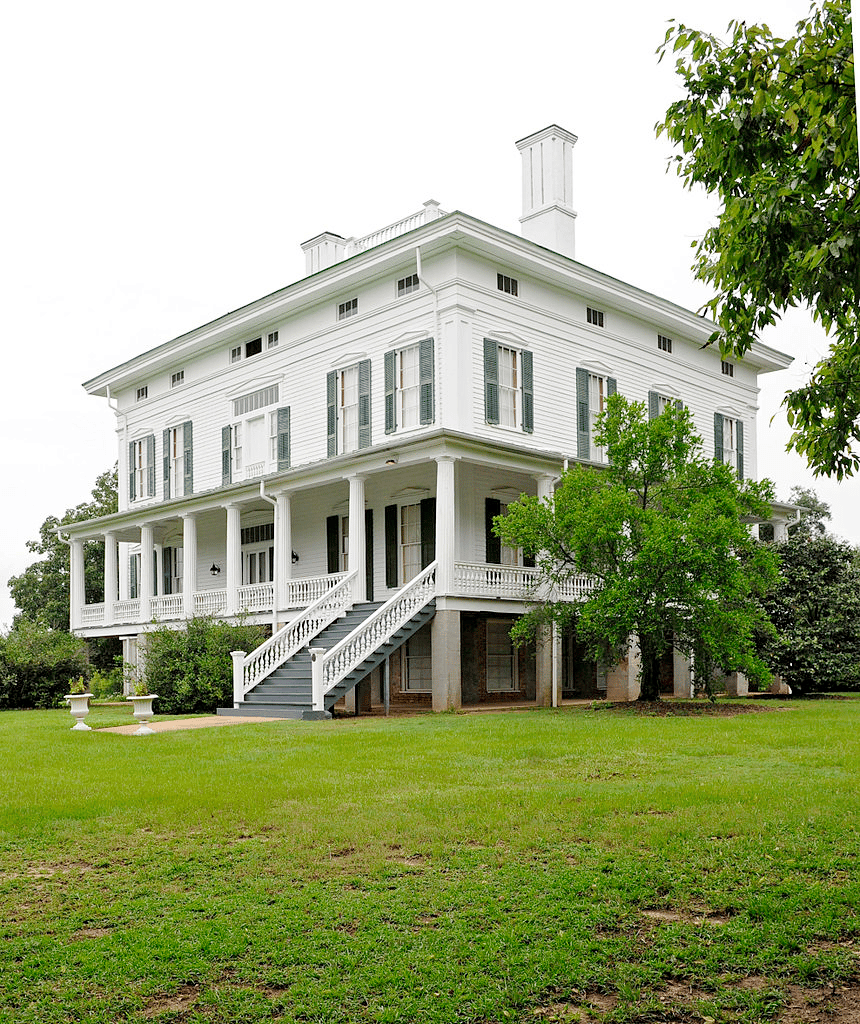
South Carolina is known for its beaches, golf courses, and historic districts. For purposes of this article, More Than Just Parks plans to focus on those amazing historic sites which make the Palmetto State a great place to visit.
We’re going to give you our list of the Top 10 Historic Sites In South Carolina. And we’re kicking off at #10 with the Redcliffe Plantation State Historic Site. If you love touring southern plantations this is one site you’ll want to see.
The plantation was established in 1859 by James Henry Hammond, a former Governor of South Carolina, and was home to several generations of the Hammond family.
Visitors to the site can tour the main house, which is a Greek Revival-style mansion, and learn about the history of the plantation and the lives of the people who lived and worked there.
The site also includes several outbuildings, including slave quarters, a barn, and a smokehouse, which provide insight into the agricultural operations and daily life on the plantation.
Things To Do
Here are some things you can do at the site:
- Take a tour of the historic home: Visitors can take a guided tour of the historic home to learn about the life of the Hammond family who lived there from 1859 to 1873. The home is furnished with original pieces, including some from the Hammond family.
- Explore the grounds: The site includes several outbuildings, including the original kitchen, a dairy, and a stable. Visitors can also take a stroll through the gardens, which feature period-accurate plants and landscaping.
- Attend a special event: Throughout the year, Redcliffe Plantation hosts special events, such as living history demonstrations, holiday celebrations, and educational programs. Check the site’s calendar for upcoming events.
- Picnic: The site offers picnic tables and grills for visitors to enjoy a picnic lunch or dinner on the grounds.
- Hike the nature trail: Redcliffe Plantation offers a short nature trail that takes visitors through the woods and along the bank of the Savannah River.
- Shop at the gift shop: The site’s gift shop offers books, souvenirs, and period-accurate items for purchase.
- Attend a program or lecture: Redcliffe Plantation offers a variety of educational programs and lectures throughout the year. Check the site’s calendar for upcoming events.
- Rent the site for an event: The site is available to rent for special events, such as weddings and corporate events. Contact the site for more information.
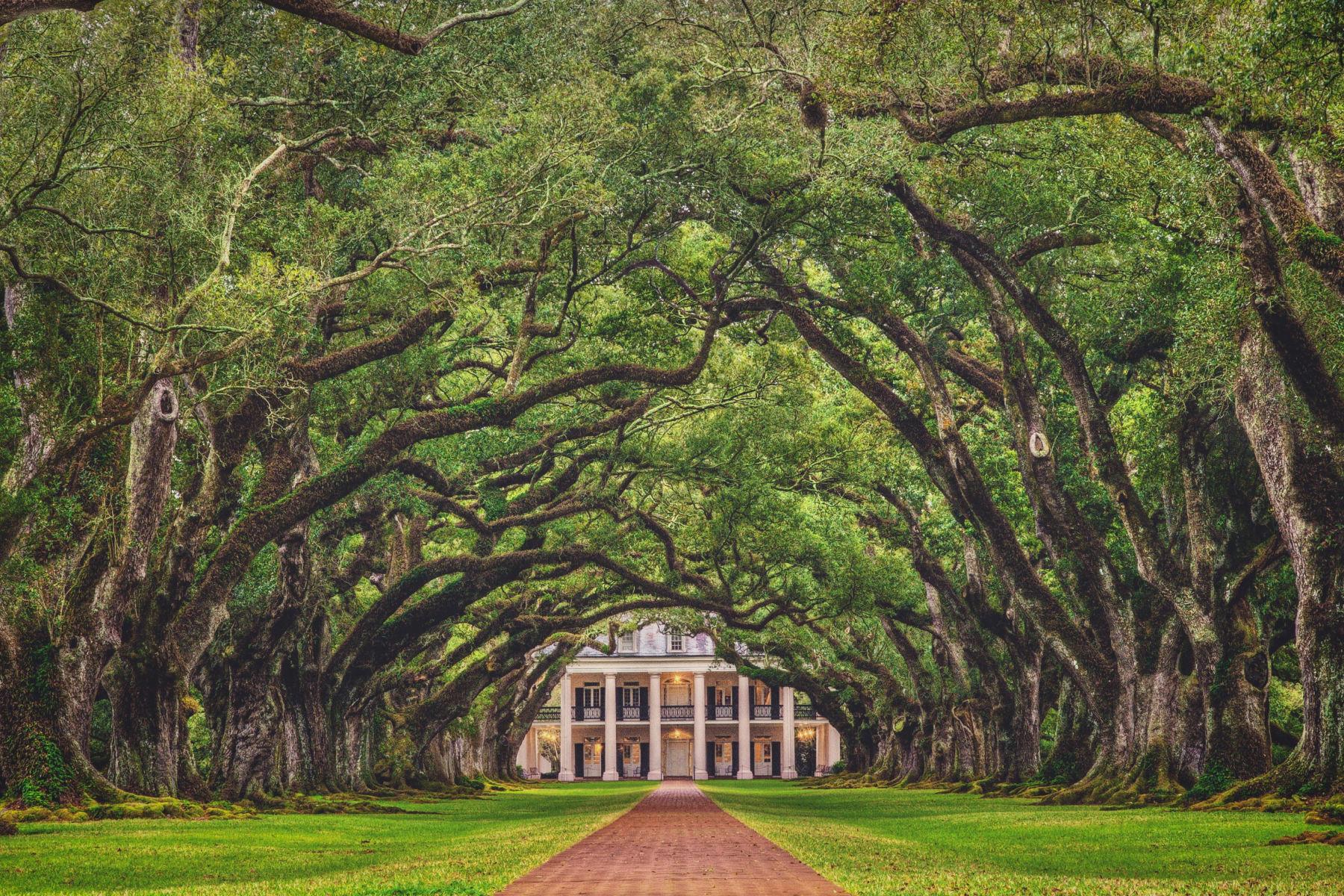
9. Historic Boone Hall Plantation
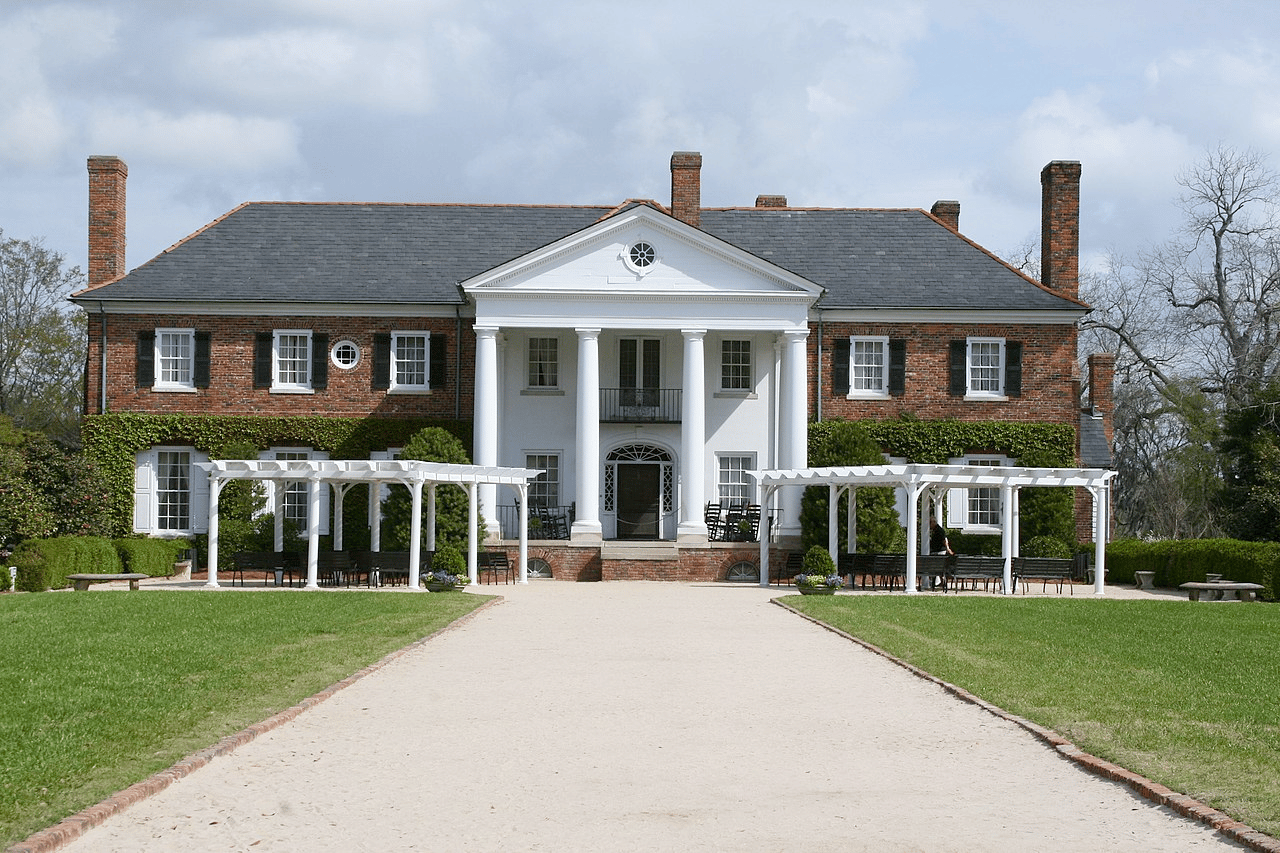
We’re going to continue with our “plantation theme” and give you another great one to visit. At #9 on our list of the Best Historic Sites In South Carolina is the Boone Hall Plantation. It’s one of the oldest working plantations in the country, having been established in 1681.
The land on which Boone Hall sits was originally inhabited by the Wando tribe of Native Americans. In 1681, Englishman Major John Boone arrived in the area and was granted the land by the English Crown. Boone built the first wooden home on the property, and the plantation began operating as a farm.
Over the years, the plantation grew in size and scope, with various owners adding to the land and developing the property. In the mid-18th century, the Horlbeck family purchased the plantation and built the current main house, which still stands today.
The Site Underwent Significant Improvements
In the early 19th century, the plantation was sold to Thomas Stone, who expanded the property and made significant improvements. Stone also began growing cotton, which became the primary crop on the plantation.
During the Civil War, the plantation was occupied by Union troops and used as a headquarters for General William T. Sherman. After the war, the property changed hands several times before being purchased by the McRaes in 1935.
Under the McRaes, the plantation was modernized, and significant renovations were made to the main house. The McRaes also began growing produce, which is still a major part of the plantation’s operations today.
Today, Boone Hall Plantation is a popular tourist attraction and event venue. Visitors can take a tour of the historic home and grounds, explore the working farm, and learn about the history of the plantation and the people who lived and worked there. The plantation also hosts special events throughout the year, including a popular strawberry festival.
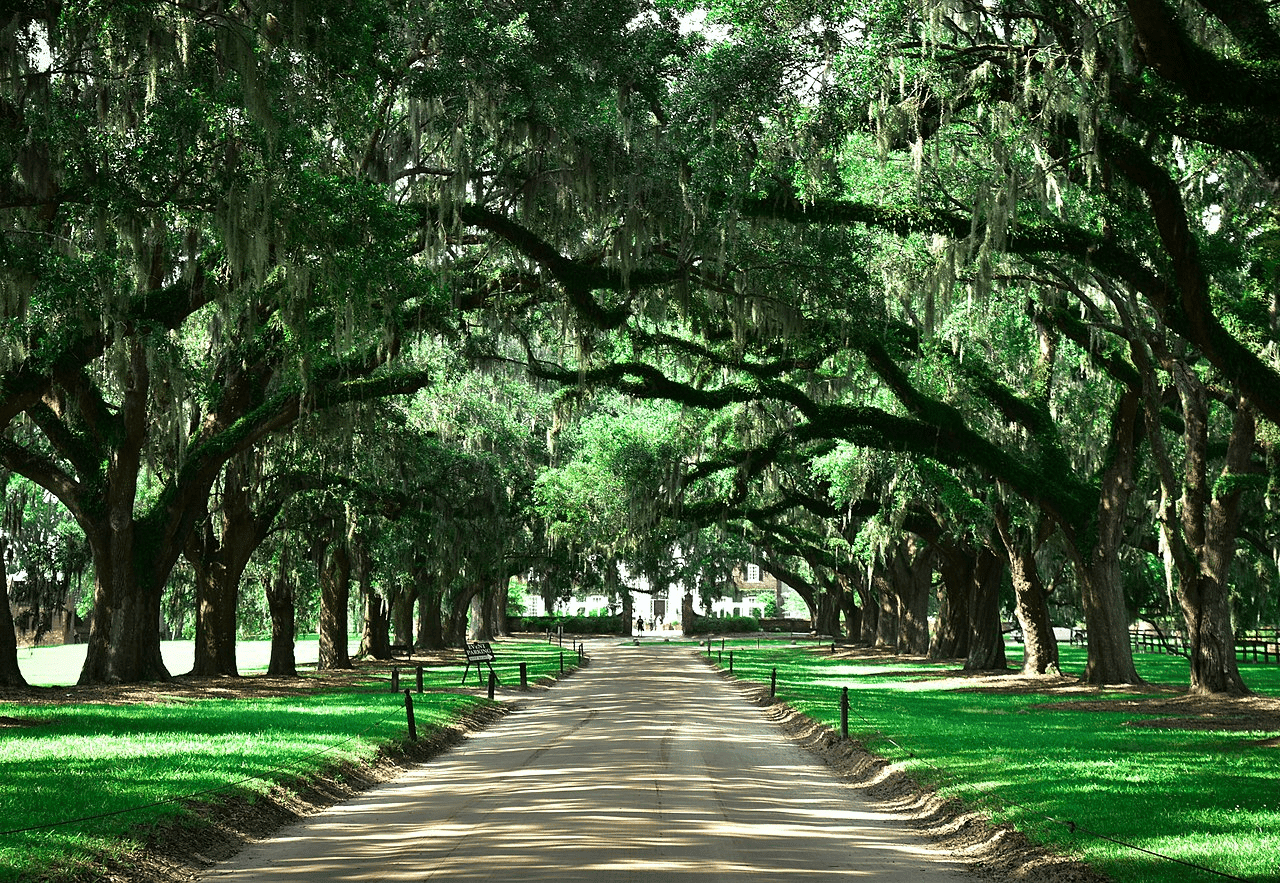
8. Oconee Station Historic Site
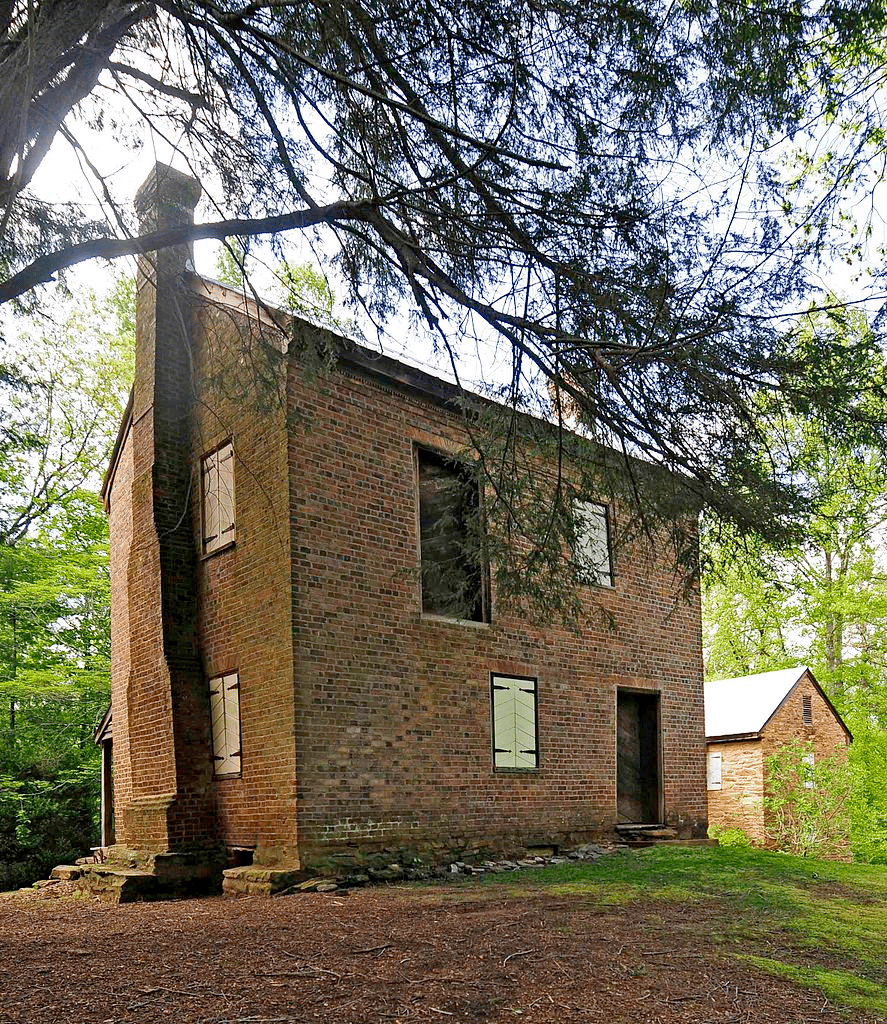
We’re More Than Just Parks, but we’re also more than just plantations so it’s time to move on to some other amazing historic sites in the Palmetto State. At #8 on our list of the Best Historic Sites In South Carolina is Oconee Station Historic Site.
It was originally a military outpost and trading post established in the late 18th century to protect settlers from Native American attacks.
In the early 1790s, the U.S. government began to establish a line of forts along the western frontier to protect settlers from Native American attacks. Oconee Station was one of these forts, built in 1792 by South Carolina militia under the leadership of Andrew Pickens.
It Was Built On A Strategic Location
It was built on a strategic location along the Cherokee Path, an important trade route that connected the Cherokee Nation to the port of Charleston. The fort served as a trading post and provided a safe haven for travelers and settlers in the area.
The fort was abandoned in 1799 and fell into disrepair. In the early 19th century, it was used as a stopover for stagecoaches on the newly-established Greenville-to-Charleston Road. The site was later used as a plantation, and the original log fort was converted into a two-story house.
In the mid-20th century, the site was acquired by the South Carolina Department of Parks, Recreation, and Tourism and restored to its original appearance. Today, visitors can tour the fort and trading post, as well as the adjacent William Richards House, which was built in the 1820s.
Visitors can learn about the lives of the early settlers and soldiers who lived and worked at the site, as well as the Cherokee Nation and their interactions with European settlers. The site also offers hiking trails and picnic areas for visitors to enjoy.
7. Kings Mountain National Military Park

If you’re someone who enjoys the history of early America then our next site is a great one to visit. At #7 on our list of the Best Historic Sites In South Carolina is Kings Mountain National Military Park.
It’s a national military located in South Carolina, which commemorates the Battle of Kings Mountain which was fought on October 7, 1780, during the Revolutionary War.
The Battle Of Kings Mountain
The Battle of Kings Mountain was a decisive battle fought during the American Revolutionary War on October 7, 1780. The battle took place in South Carolina, near the border with North Carolina, and was fought between the Patriot militia and Loyalist forces.
The Loyalist forces, led by British Major Patrick Ferguson, had been dispatched to the western Carolinas to quell Patriot resistance and bring the region under British control. Ferguson had gathered a force of around 1,100 Loyalists, including many American frontiersmen who supported the British cause.
The Patriot militia, led by Colonels William Campbell, Benjamin Cleveland, John Sevier, and Isaac Shelby, learned of Ferguson’s advance and decided to intercept him. They assembled a force of around 1,000 frontiersmen, including many from the Overmountain region of western North Carolina and eastern Tennessee.
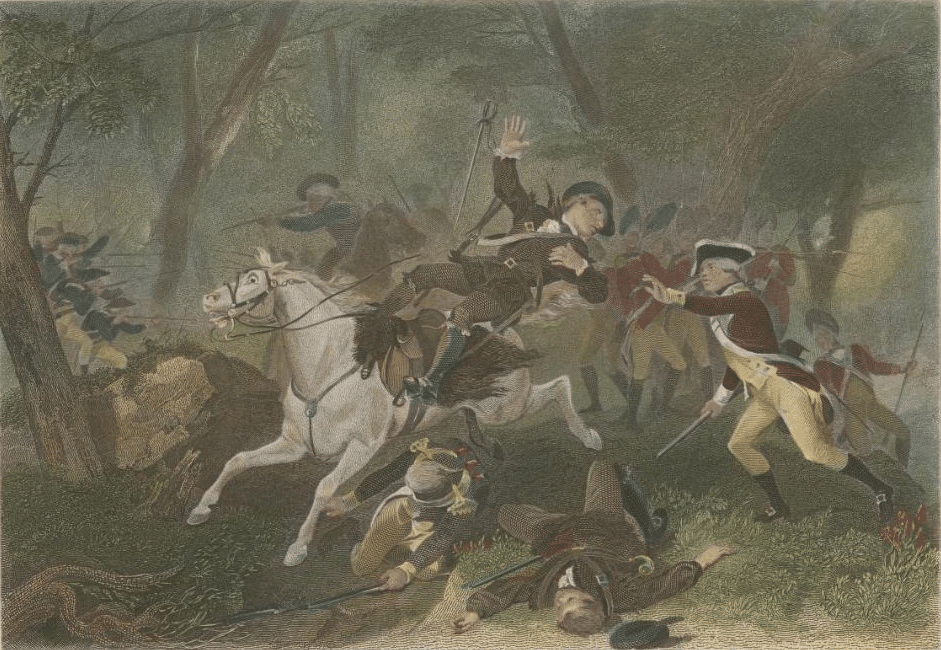
The Battle Was A Significant Turning Point
The Patriots caught up with Ferguson’s forces at Kings Mountain, a wooded ridge in northwestern South Carolina. The Patriots launched a surprise attack on the Loyalists, using their superior marksmanship to pick off Loyalist officers and break their lines.
The battle raged for about an hour, with both sides suffering heavy casualties. The Patriots slowly pushed the Loyalists back up the hill, and Ferguson was killed in the fighting. With their leader dead and their lines broken, the Loyalists surrendered.
The Battle of Kings Mountain was a significant turning point in the American Revolution. It was the first major Patriot victory in the southern colonies and helped to boost morale and support for the Patriot cause. It also prevented the British from securing the western Carolinas and opened the way for Patriot forces to retake other southern colonies.
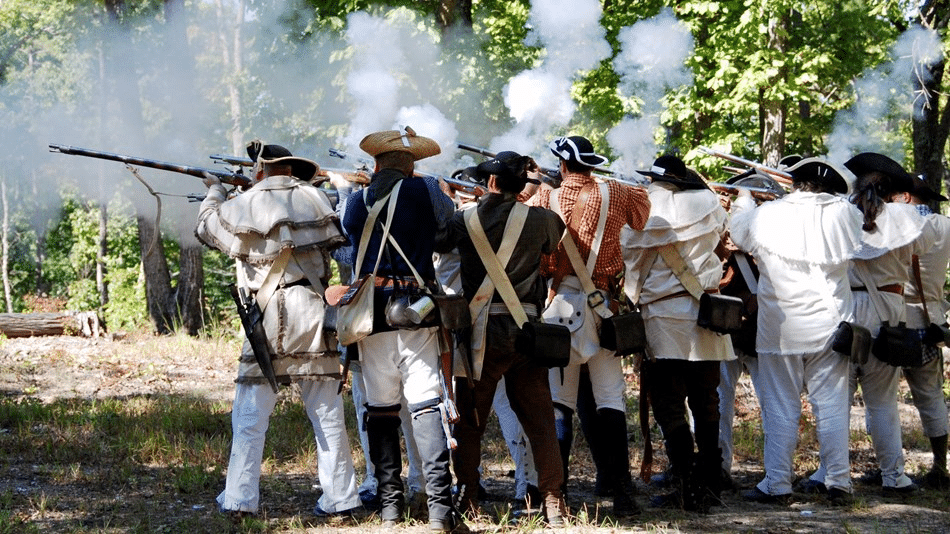
Things To Do
Here are some things to see at the park:
- The Visitor Center: The Visitor Center houses exhibits, a bookstore, a theater showing a film about the battle, and a museum containing artifacts and displays related to the battle.
- The Battlefield: The battlefield is the site of the Battle of Kings Mountain, which took place on October 7, 1780. Visitors can walk the trails and view the monuments that mark the locations of the different units that fought in the battle.
- The Overmountain Victory Trail: The Overmountain Victory Trail is a 330-mile trail that follows the route taken by the Patriot militia from Virginia, Tennessee, and North Carolina to the Battle of Kings Mountain. The trail runs through the park and includes markers and interpretive signs.
- The Living History Farm: The Living History Farm is a replica of an 18th-century farm and demonstrates how the people of the time would have lived and worked. It includes a log cabin, outbuildings, and farm animals.
- The Liberty Trail: The Liberty Trail is a 1.5-mile trail that leads from the Visitor Center to the battlefield. Along the trail, visitors can view interpretive signs that explain the events leading up to the battle and the battle itself.
- The Memorial Plaza: The Memorial Plaza is located near the Visitor Center and features a statue of Major Patrick Ferguson, the British commander who was killed in the battle. The plaza also includes a monument to the American soldiers who fought in the battle.
- Ranger-led Programs: The park offers a variety of ranger-led programs, including guided walks, talks, and living history demonstrations. Check the park’s calendar for upcoming events.
6. Patriot’s Point Naval & Maritime Museum
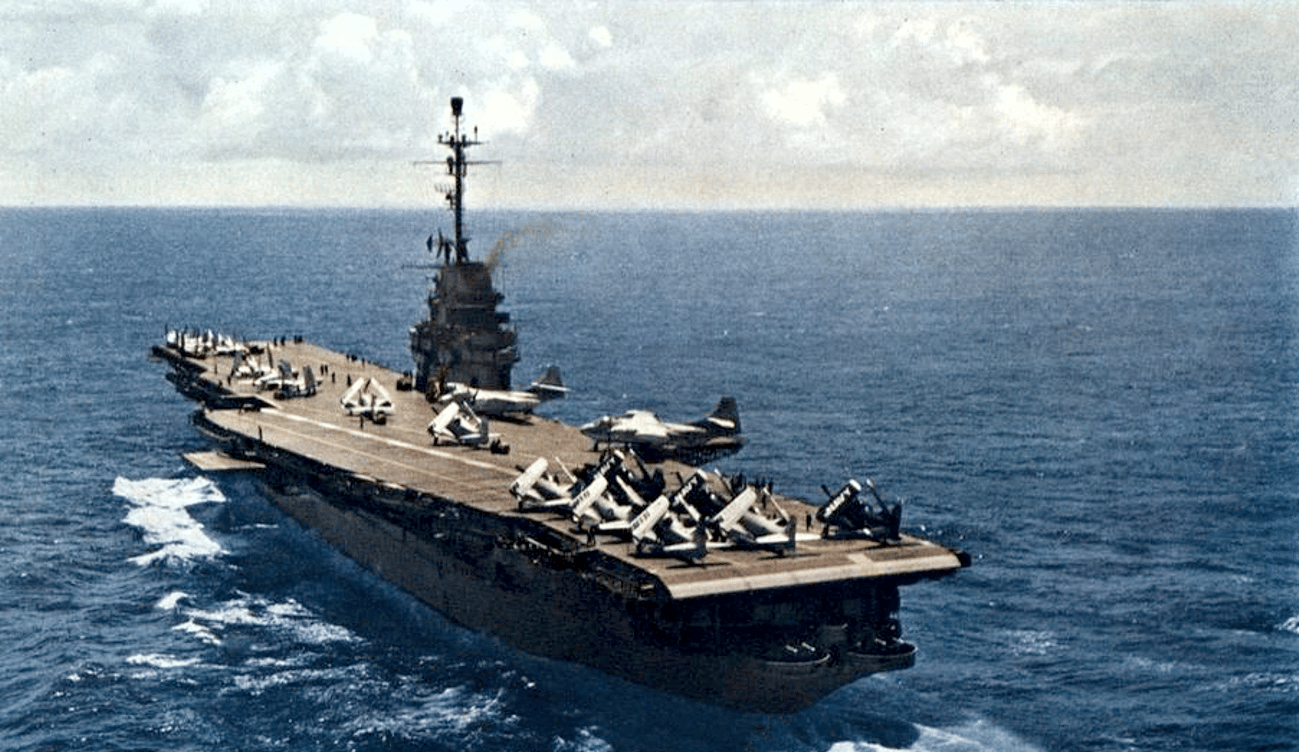
We’re always on the prowl for interesting historic sites and we try to make sure that our list includes sites which represent different historical periods. A case in point is our next site. We jump from the Revolutionary War to the Second World War.
At #6 on our list of the Best Historic Sites In South Carolina is Patriot’s Point Naval & Maritime Museum.
Patriot’s Point Naval & Maritime Museum is located in Mount Pleasant, South Carolina. It’s situated on the Charleston Harbor and features a collection of naval ships and aircraft from the 20th century.
The museum opened to the public in 1976 as the Charleston Naval Base Museum. The museum focus was to preserve the history of the Charleston Naval Base, which served as an important center for naval operations during World War II and the Cold War.
The USS Yorktown (CV-10) aircraft carrier, which was commissioned in 1943 and served in World War II and the Vietnam War, is the centerpiece of the museum and open for tours.
Things To Do
Here are some things you can do at Patriot’s Point:
- Explore the USS Yorktown: The USS Yorktown is a decommissioned aircraft carrier that is now permanently docked at Patriot’s Point. You can take a self-guided tour of the ship and see the flight deck, hangar deck, mess decks, and sleeping quarters. You can also see exhibits related to the ship’s service in World War II, the Vietnam War, and the Cold War.
- Visit the Medal of Honor Museum: The Medal of Honor Museum at Patriot’s Point is dedicated to the recipients of the Medal of Honor, the highest military decoration awarded by the United States government. The museum features interactive exhibits that tell the stories of Medal of Honor recipients and their acts of bravery.
- Tour other naval vessels: In addition to the USS Yorktown, Patriot’s Point also has several other naval vessels that you can tour, including the USS Laffey, a destroyer that served in World War II, and the USS Clamagore, a submarine that served in the Cold War.
- See military aircraft: Patriot’s Point has a large collection of military aircraft that you can see up close. The collection includes planes that were used in World War II, the Korean War, and the Vietnam War.
- Experience a flight simulator: The museum also offers a flight simulator that lets you experience what it’s like to be a fighter pilot. The simulator is designed to simulate a dogfight, and it can be a thrilling experience.
- Attend special events: Patriot’s Point hosts a variety of special events throughout the year, including concerts, festivals, and fireworks shows. Check the museum’s calendar to see what events are happening during your visit.

Top 5 Historic Sites In South Carolina
5. Reconstruction Era National Historical Park
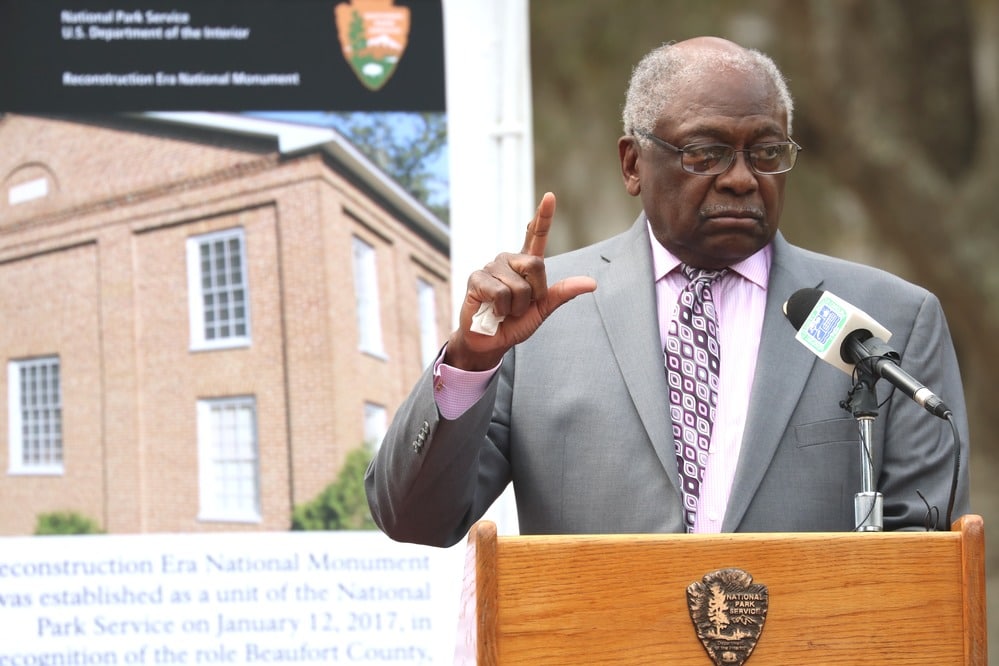
We’re on to the Top 5 Historic Sites In South Carolina. At #5, we selected a site which focuses on an important period in American history, which is often overlooked. Welcome to Reconstruction Era National Historical Park!
Reconstruction was the period in American history which lasted from 1865 to 1877. Its main focus was on bringing the southern states back into full political participation in the Union, guaranteeing rights to former slaves and defining new relationships between African Americans and whites.
It included three Constitutional amendments which altered the status of African-American rights. The 13th Amendment formally abolished slavery in all states and territories. The 14th Amendment prohibited states from depriving any male citizen of equal protection under the law, regardless of race.
And the 15th Amendment granted the right to vote to African-American males.
CHECK OUT 10 MUST-SEE HISTORIC SITES IN ALABAMA
Things To See & Do At The Reconstruction Era National Historical Park
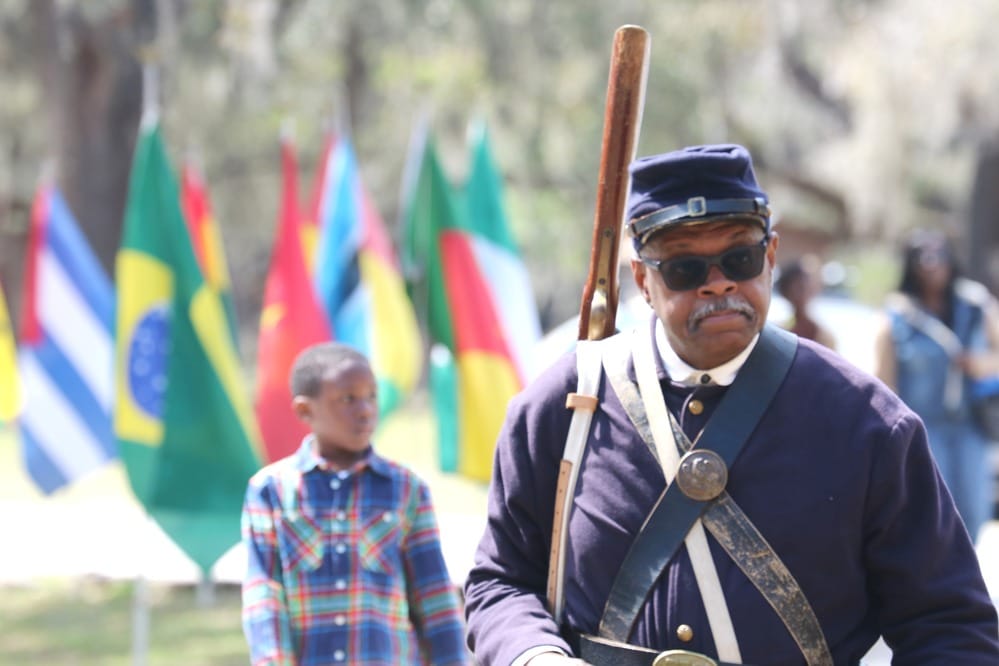
Reconstruction Era National Historical Park, established on January 12, 2017, recognizes the historic significance of the years between 1861–1898, from the early Civil War through the start of Jim Crow segregation.
Visitors can explore the visitor center and the Beaufort National Historic Landmark District.
Many of the historic homes, churches, and commercial structures located throughout the Beaufort National Historic Landmark District served as offices, hospitals, and quarters for military officials during Reconstruction.
I would also recommend visiting the Beaufort County Fort Frederick Heritage Preserve. It was there that Camp Saxton, home to the 1st South Carolina Infantry (later renamed the 33rd United States Colored Troops), was established.
While in Beaufort, you might also want to see Porters Chapel. It’s a Reconstruction era Freedman’s Chapel located in the Naval Heritage Park just outside the main gate to Naval Hospital Beaufort.
4. Overmountain Victory National Historic Trail
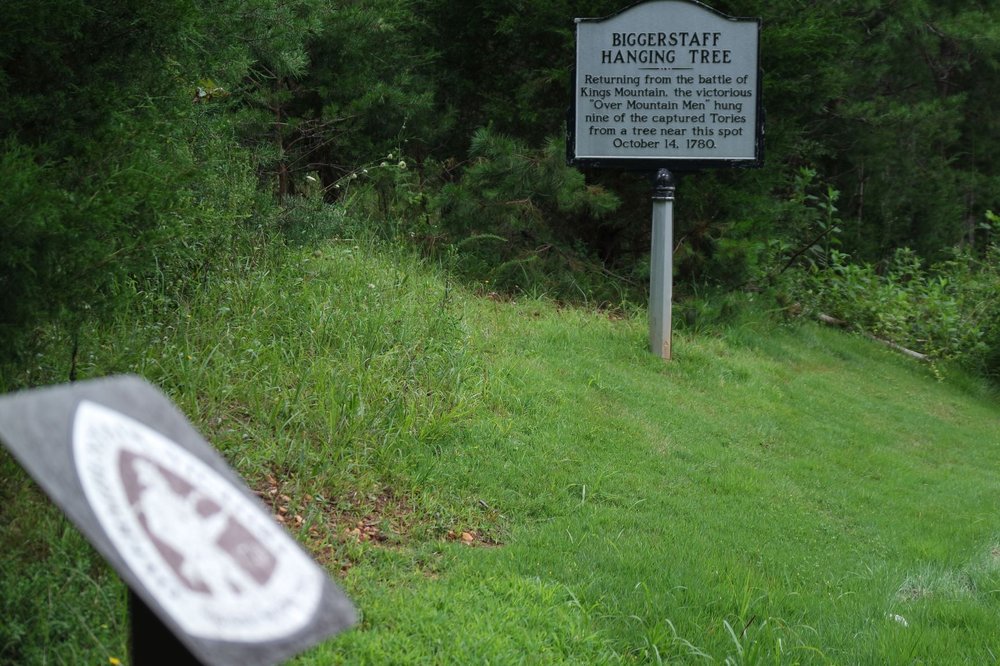
Have you ever wanted to walk in the footsteps of folks who played an important role in the history of America? Well, now you have your opportunity. We’re on to the “Final Four” historic sites on our amazing list and at #4 we have the Overmountain Victory National Historic Trail.
It’s a long-distance trail that commemorates the Overmountain Men, a group of patriot soldiers who fought in the American Revolutionary War.
It traces the route that the Overmountain Men took in September and October 1780, as they traveled from what is now eastern Tennessee and western North Carolina to the Battle of Kings Mountain in South Carolina.
The trail was authorized by Congress in 1980 and was officially established in September 1983. The trail is approximately 330 miles long and passes through several states including Virginia, Tennessee, North Carolina, and South Carolina.
Visitors Can See Various Historical Markers & Sites
Along the trail, visitors can see various historical markers and sites, such as the Muster Ground in Abingdon, Virginia, where the Overmountain Men gathered before setting out on their journey.
There are also several visitor centers and museums along the trail that provide information on the history of the Overmountain Men and the Revolutionary War. The trail is primarily used for hiking, but it is also popular for horseback riding, biking, and other outdoor activities.
The trail is managed by a partnership of federal, state, and local agencies, as well as private organizations, and it is part of the National Trails System.
It’s not a contiguous footpath, but rather a series of roads, highways, and paths that follow the approximate route of the Overmountain Men.
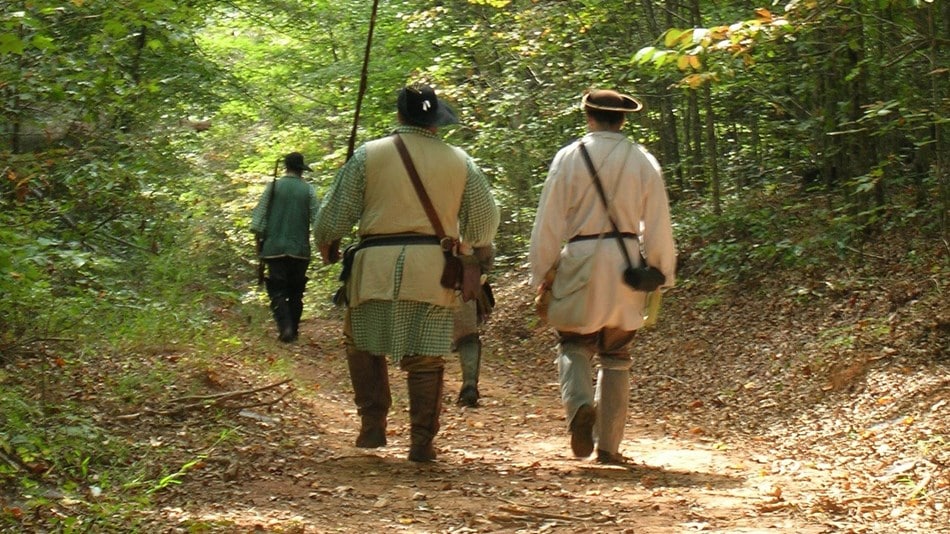
CHECK OUT: 10 BEST Revolutionary War Sites In America
3. Charles Pinckney National Historic Site
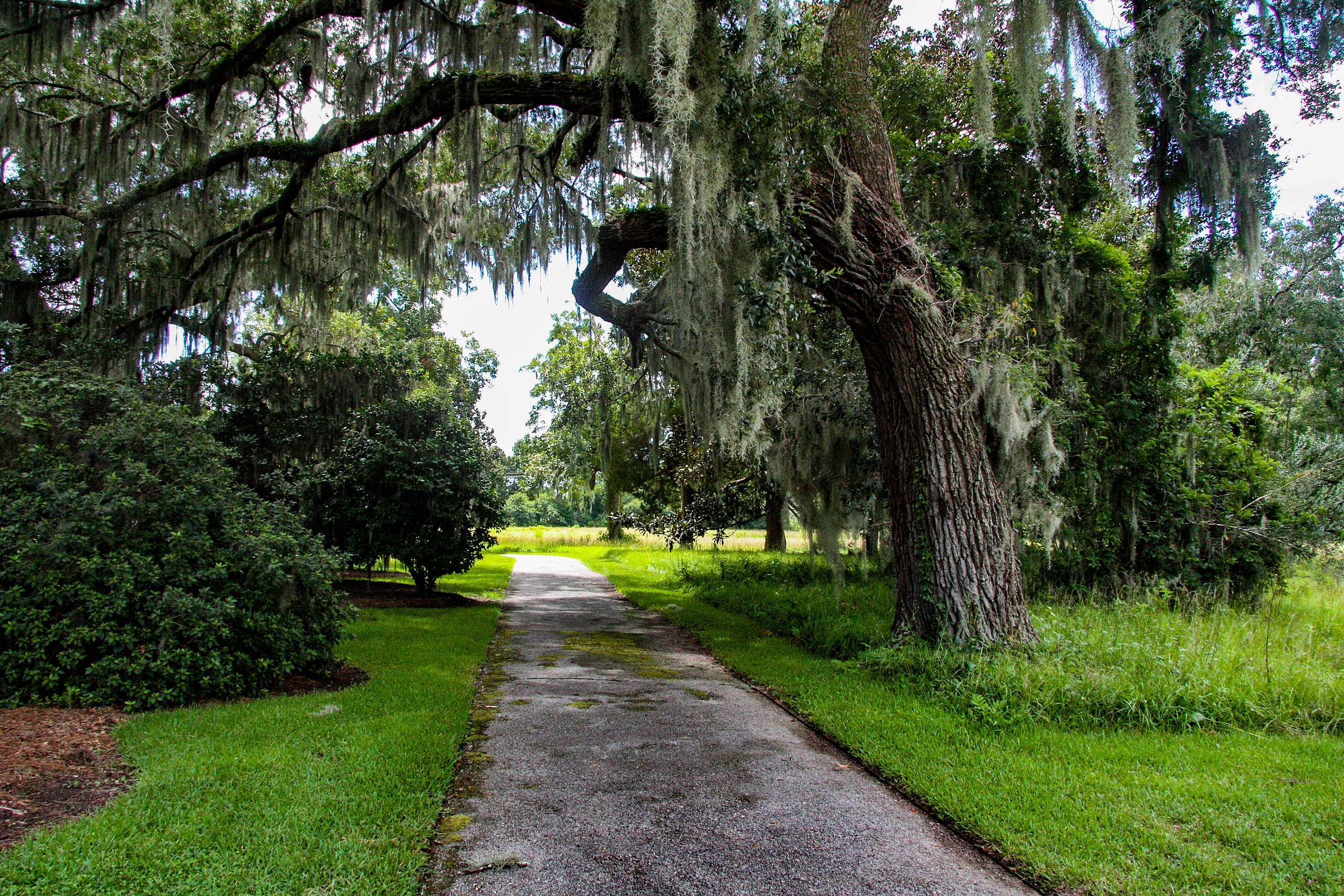
It’s often people whom we’ve never heard of who play such an important role behind the scenes when it comes to building (or defending) a nation. One such person is celebrated in our next site. At #3, we have selected the Charles Pinckney National Historic Site.
Who was Charles Pinckney? Pinckney led a life dedicated to public service. After being admitted to the South Carolina Bar, he was elected to the State’s Third General Assembly representing Christ Church Parish.
In 1779, Pinckney received a commission as lieutenant in the 1st Battalion of the Charles Towne Militia, joining his father who served as the unit’s commanding officer.
“Constitution Charlie”
After his service in the Revolutionary War, Charles Pinckney emerged as a major voice in the debates on the dire state of the Articles of Confederation.
Pinckney was one of a handful of men who championed the need for a strong central government. He contributed significantly to the proceedings, earning the nickname “Constitution Charlie”.
This forgotten founder was later elected and served as the 37th governor of South Carolina, later serving two more non-consecutive terms. He also served as a U.S. Senator and a member of the House of Representatives.
With the support of Alexander Hamilton, Pinckney even became the Federalist vice presidential nominee in the 1800 presidential election. He lost that election however.
Things To Do At The Charles Pinckney National Historic Site
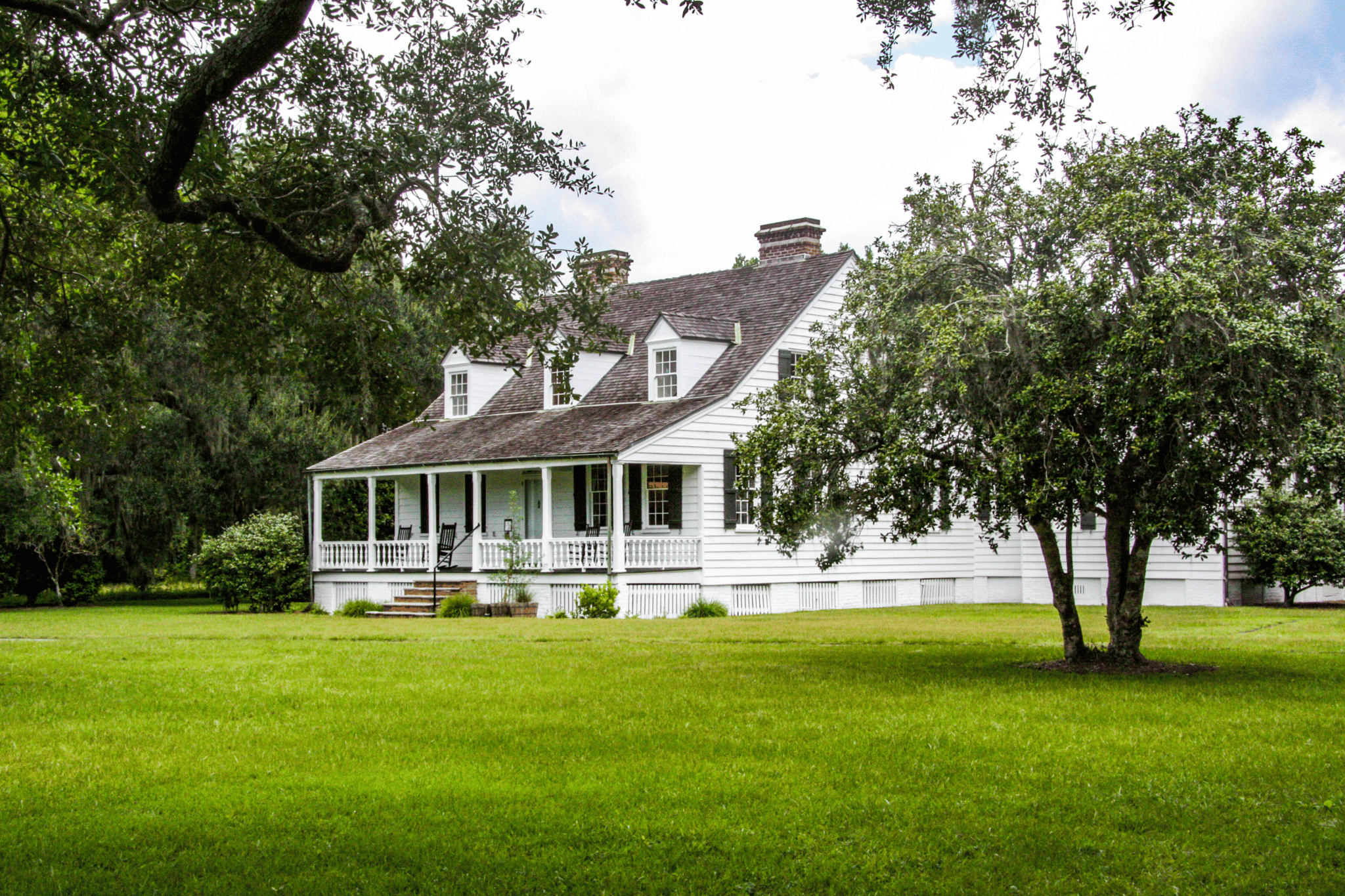
Here are some of the top activities and sights to experience at the Charles Pinckney National Historic Site:
- Explore the Visitors Center: Start your visit by stopping by the Visitors Center to get oriented and learn more about the history of the site. You can view exhibits, watch a film about Charles Pinckney’s life, and pick up a map and other helpful information.
- Take a Guided Tour: Guided tours are available daily and provide a deeper understanding of Charles Pinckney’s life and the history of the Lowcountry. A park ranger will take you through the grounds, and you’ll have an opportunity to ask questions and learn more about the site’s significance.
- Walk the Grounds: The site offers a network of trails that allow visitors to explore the grounds on foot. Along the way, you’ll see a range of historic structures, including the house where Charles Pinckney was born, the remains of his plantation, and the family cemetery.
- Attend Special Events: Throughout the year, the Charles Pinckney National Historic Site hosts a range of special events, including ranger-led walks, historical reenactments, and seasonal celebrations. Check the park’s calendar for upcoming events and plan your visit accordingly.
- Picnic: The site offers a picnic area where visitors can enjoy a relaxing lunch or snack surrounded by the natural beauty of the Lowcountry.
- Shop for Souvenirs: The park’s gift shop offers a range of souvenirs, including books, maps, and other items that commemorate your visit to the Charles Pinckney National Historic Site.
- Attend Educational Programs: The site offers a range of educational programs for visitors of all ages, including workshops, lectures, and hands-on activities. Check the park’s website for upcoming programs and events.
2. Cowpens National Battlefield
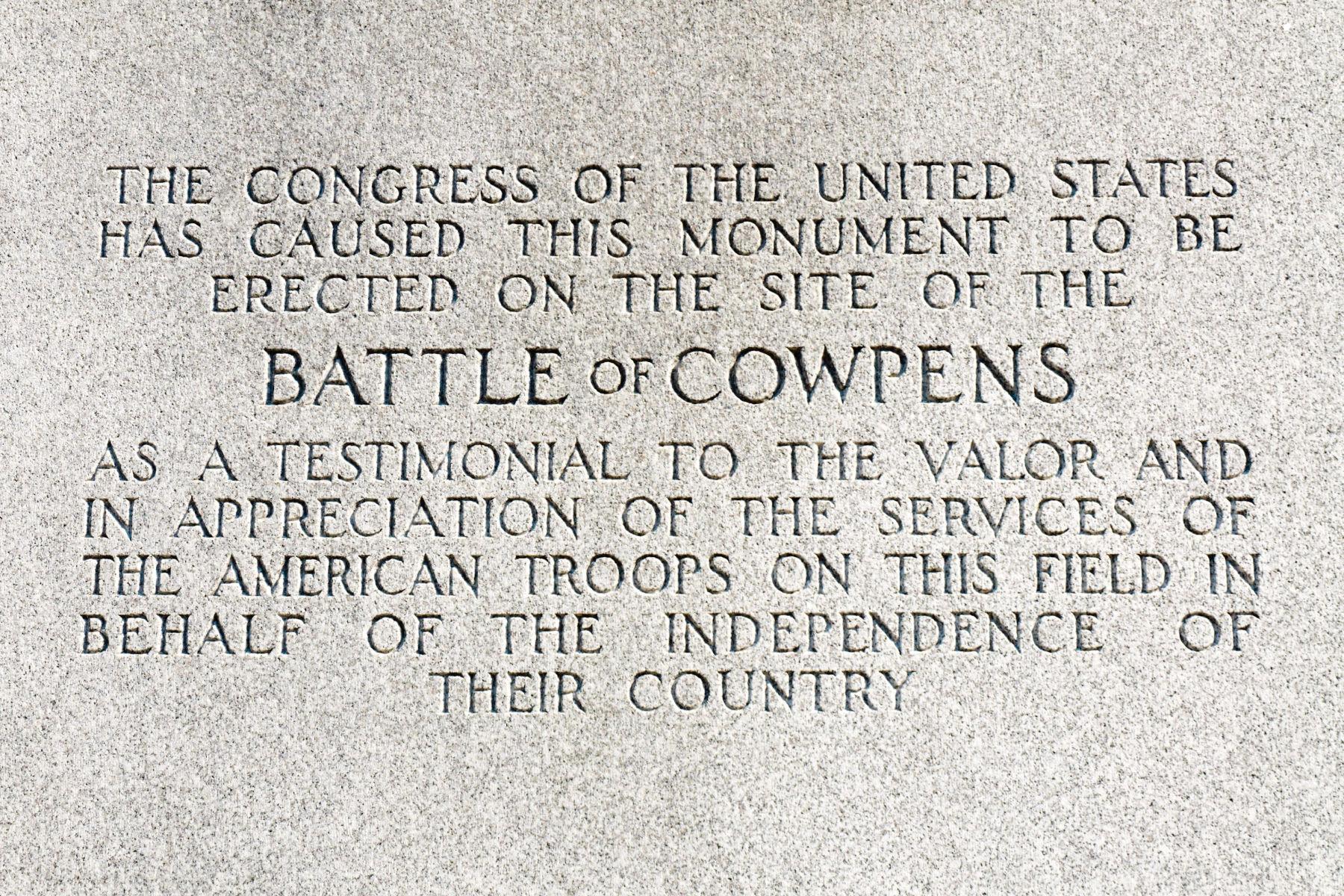
Our national park sites have a story to tell about the history of our nation. It’s a story that goes beyond the textbooks by giving visitors the opportunity to see the places where our history happened. A case in point is Cowpens National Battlefield, which we selected as the #2 Historic Site In South Carolina.
It was fought as part of the American Revolution on January 17, 1781, near Thicketty Creek, South Carolina, on a 500 square yard grazing pasture. Brigadier General Daniel Morgan was being pursued by 1,100 British soldiers under the command of Lt. Colonel Banastre Tarleton.
Morgan picked his ground for what would be a defensive battle. The battle began shortly after dawn. It resulted in a devastating defeat for the British army, ending a brief string of victories for the Crown in the southern colonies.
The victory at Cowpens proved to be a massive morale booster for the Continental Army and a crucial step in securing the South for the Patriot cause.
CHECK OUT 15 MUST-SEE HISTORIC SITES IN TEXAS
Things To Do At Cowpens National Battlefield

I always recommend beginning at the visitors center if your a first-timer. There’s a fascinating eighteen-minute live-action theater film, “Cowpens: A Battle Remembered.”
There’s also a museum which combines exhibits with weaponry from the colonial period.
The National Park Service operates a wonderful bookstore which offers visitors over 100 publications and theme-related items for sale on the battle and the Revolutionary War.
I also recommend walking the Battlefield Trail while viewing the historic monuments and interpretive markers.
CHECK OUT: 10 BEST Revolutionary War Sites In America
1. Fort Sumter & Fort Moultrie National Historical Park
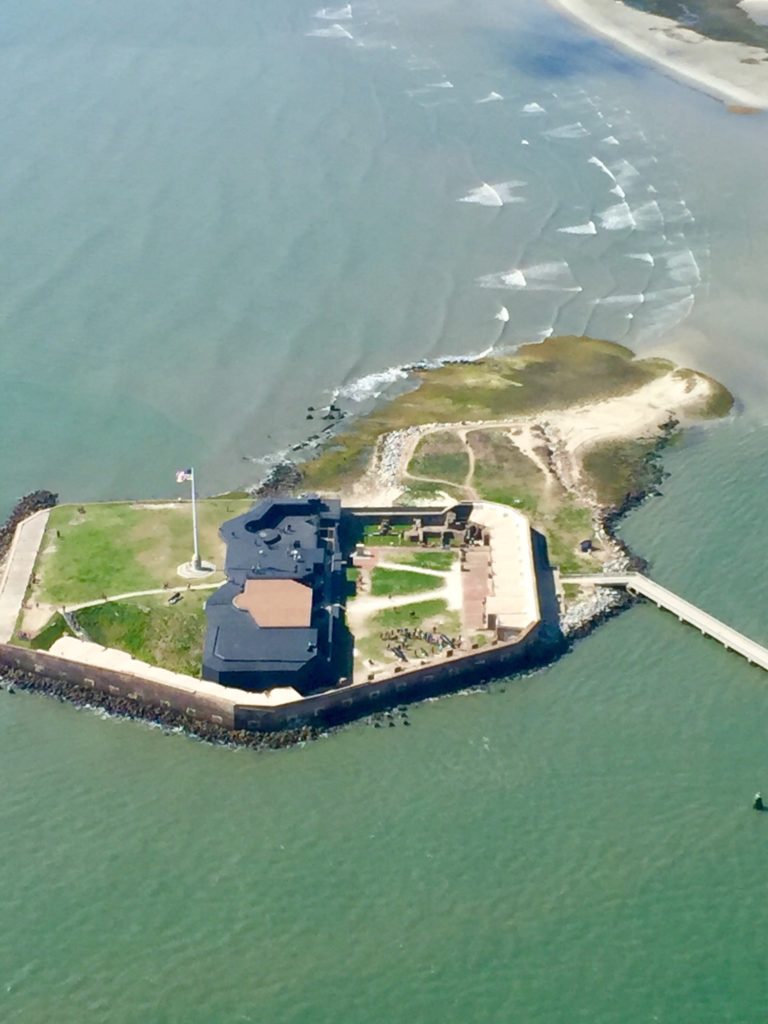
Drumroll please! As the #1 Historic Site In South Carolina, More Than Just Parks is giving you two forts for the price of one. But these aren’t just any forts. Welcome to Fort Sumter & Fort Moultrie National Historical Park.
This amazing historical park encompasses two forts that played a key role in the American Civil War.
Fort Sumter, located on an island in Charleston Harbor, was the site of the first shots of the Civil War They were fired on April 12, 1861. The fort was held by Confederate forces until its surrender to Union troops in 1865.
Fort Moultrie, located on the mainland, was originally built to protect Charleston from sea-borne invaders. It played a key role in the defense of Charleston during the American Revolution and the Civil War.
The park was established in 1948 to preserve and interpret the historical and cultural resources associated with these forts and their role in American history.
Today, visitors can tour the forts, attend ranger-led programs, and learn about the rich history of this important site.
Fort Sumter | A Fort Built After The War Of 1812
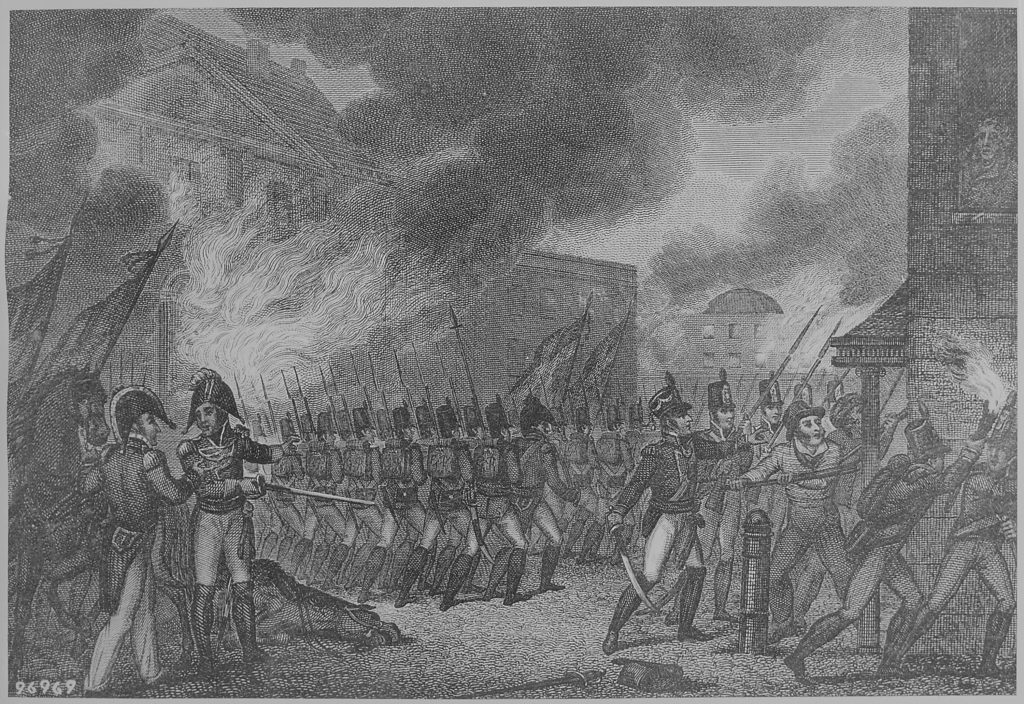
After America became a nation, work began on a second fort. It would be called Fort Sumter. It was named after Thomas Sumter who was a hero of the American Revolution.
Sumter dates back to the War of 1812. It was built after the burning of Washington D.C. in 1814. This fort was intended to protect America from future sea-going invaders such as Great Britain.
Believe it or not, the fort was still incomplete in 1861 when hostilities erupted into Civil War. The Confederate attack on Fort Sumter, which commenced on April 12, 1861, was the opening salvo in what became the bloodiest conflict in American history. This is why we selected it as our #1 historic site in South Carolina.
CHECK OUT 15 MUST-SEE HISTORIC SITES IN VIRGINIA
Did You Know That There Was A 2nd Battle Of Fort Sumter?
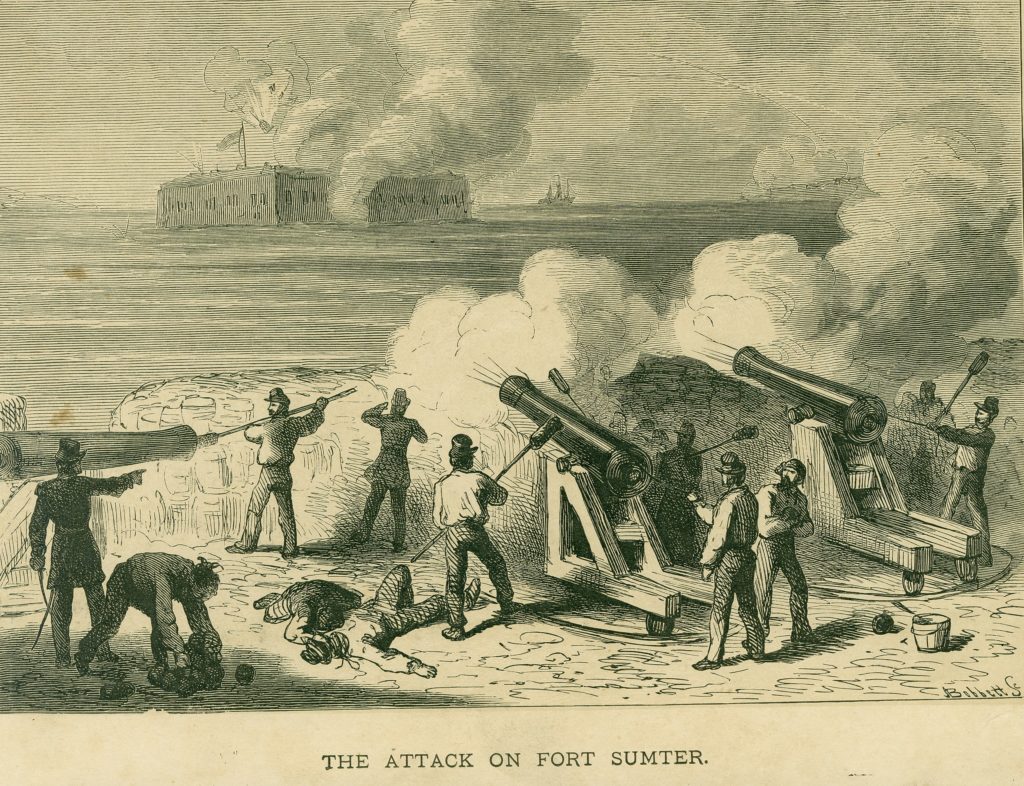
The attack on Fort Sumter marked the official beginning of the American Civil War—a war that lasted four years, cost the lives of more than 620,000 Americans, and freed 3.9 million enslaved people from bondage.
Did you know that there was a 2nd Battle of Fort Sumter? For the Union, it didn’t end any better than the first one did. In the first battle, the fort had been cut off from its supplies and Major Robert Anderson was forced to surrender.
The Second Battle of Fort Sumter took place on September 8, 1863. It was a failed attempt by the Union to retake the fort. Although the fort was reduced to rubble, it remained in Confederate hands until it was evacuated as General Sherman’s Army marched through South Carolina in February of 1865.
CHECK OUT: 10 BEST Civil War Sites In America
Things To Do
Here are some things to do while visiting:
- Take a Ferry to Fort Sumter: Fort Sumter is only accessible by boat, so taking a ferry from the Visitor Education Center is a must. The ferry ride takes about 30 minutes and provides excellent views of Charleston Harbor and the city skyline.
- Explore Fort Sumter: Once on the island, explore the fort, which is a national monument. The fort itself is a remarkable example of mid-19th century military engineering and architecture, and its history is thoroughly explained through exhibits, displays, and artifacts.
- Watch the Flag Raising Ceremony: Every day, the park rangers conduct a flag-raising ceremony at Fort Sumter. This event includes a brief history of the fort and the flag-raising ceremony itself.
- Visit the Fort Moultrie Visitor Center: The Fort Moultrie Visitor Center is an excellent starting point for your visit to the park. The center provides a comprehensive overview of the history of Fort Moultrie and the surrounding area through exhibits, films, and interactive displays.
- Explore Fort Moultrie: Fort Moultrie was originally built during the Revolutionary War and underwent several modifications and upgrades over the years. Visitors can explore the fort and learn about its strategic importance during various conflicts.
- Walk the Fort Moultrie Trail: The park offers a nature trail that leads visitors through the marsh and offers excellent views of Fort Sumter and the Charleston Harbor.
- Attend Ranger Programs: The park rangers offer a range of programs, including guided tours, living history demonstrations, and educational programs for visitors of all ages.
- Explore the Beach: The park also features a beautiful beach that is perfect for swimming, sunbathing, and beachcombing.
List Of Historic Sites In South Carolina
- Fort Sumter & Fort Moultrie National Historical Park
- Cowpens National Battlefield
- Charles Pinckney National Historic Site
- Overmountain Victory National Historic Trail
- Reconstruction Era National Historical Park
- Patriot’s Point Naval & Maritime Museum
- Kings Mountain National Military Park
- Oconee Station Historic Site
- Boone Hall Plantation
- Redcliffe Plantation State Historic Site
Why Trust Us About Historic Sites In South Carolina?
We’re Jim Pattiz and Will Pattiz, collectively known as the Pattiz Brothers and we absolutely LOVE the national parks.
You should probably know that we don’t just make this stuff up out of thin air. We’ve spent our entire adult lives exploring and filming America’s national parks and public lands.
We’ve worked with the National Park Service, the Department of Interior, USDA, U.S. Forest Service, and more for years creating films on important places and issues. Our work has been featured in leading publications all over the world and even some people outside of our immediate family call us experts on the national parks.
And, in 2018, our father – having spent a lifetime teaching history – joined us so that he could help us to tell the stories behind these amazing places.
Meet The Parks Brothers
We Hope You’ll Follow Our Journey

Our goal here at More Than Just Parks is to share the beauty of America’s national parks and public lands through stunning short films in an effort to get Americans and the world to see the true value in land conservation.
We hope you’ll follow our journey through the parks and help us to keep them the incredible places that they are. If you’re interested in joining the adventure then sign up below!
Related Links
What Is A National Park? To learn more about the difference between the various National Park Service designations check out our article that explains everything!
South Carolina National Parks: 8 EPIC South Carolina National Parks
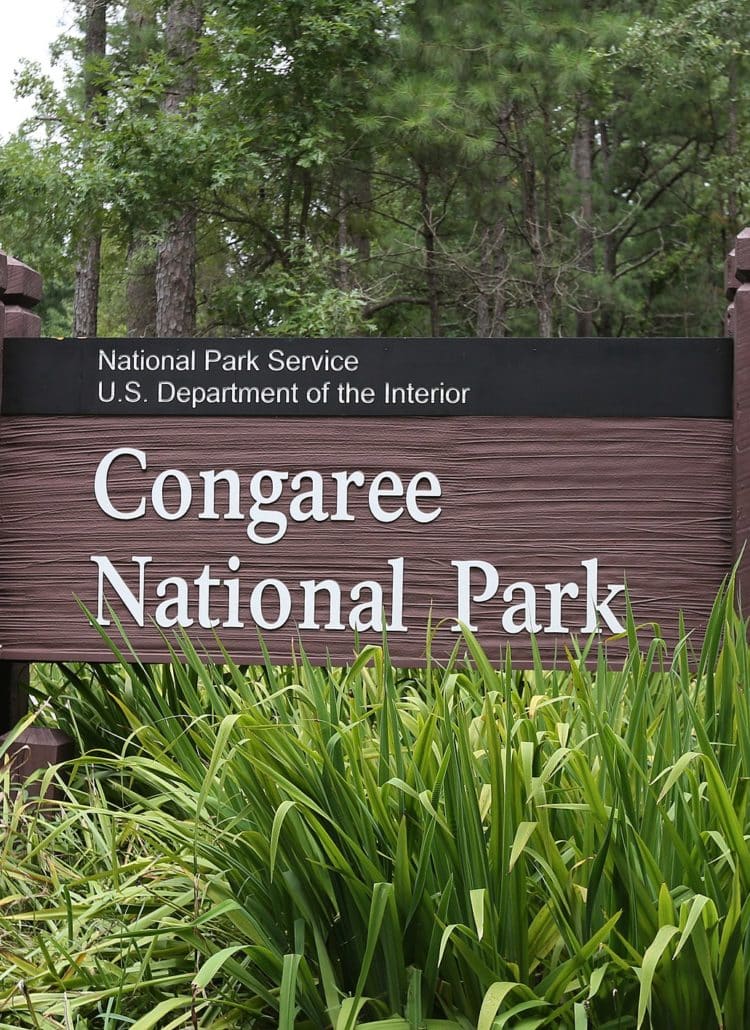




Leave a Reply